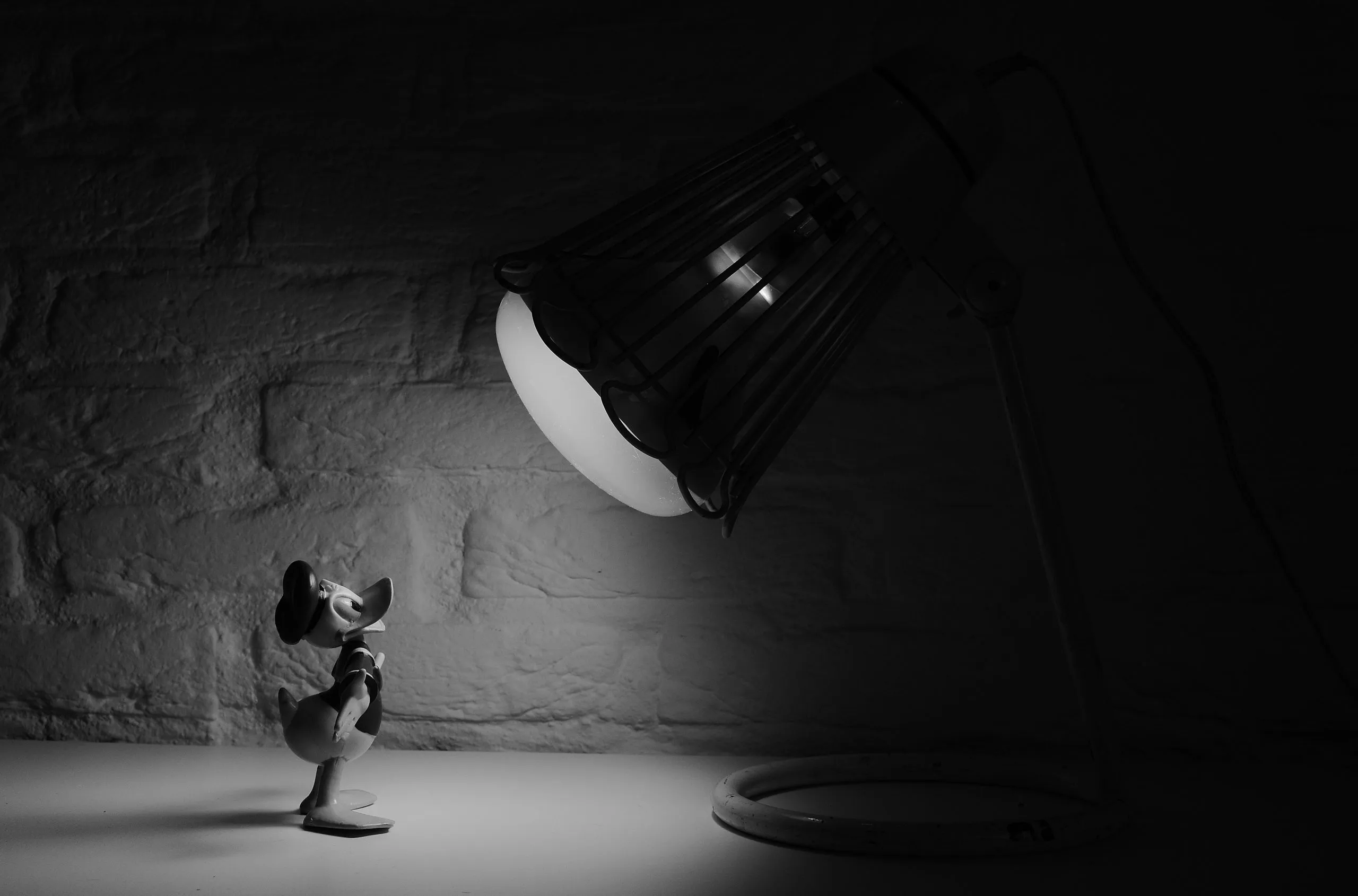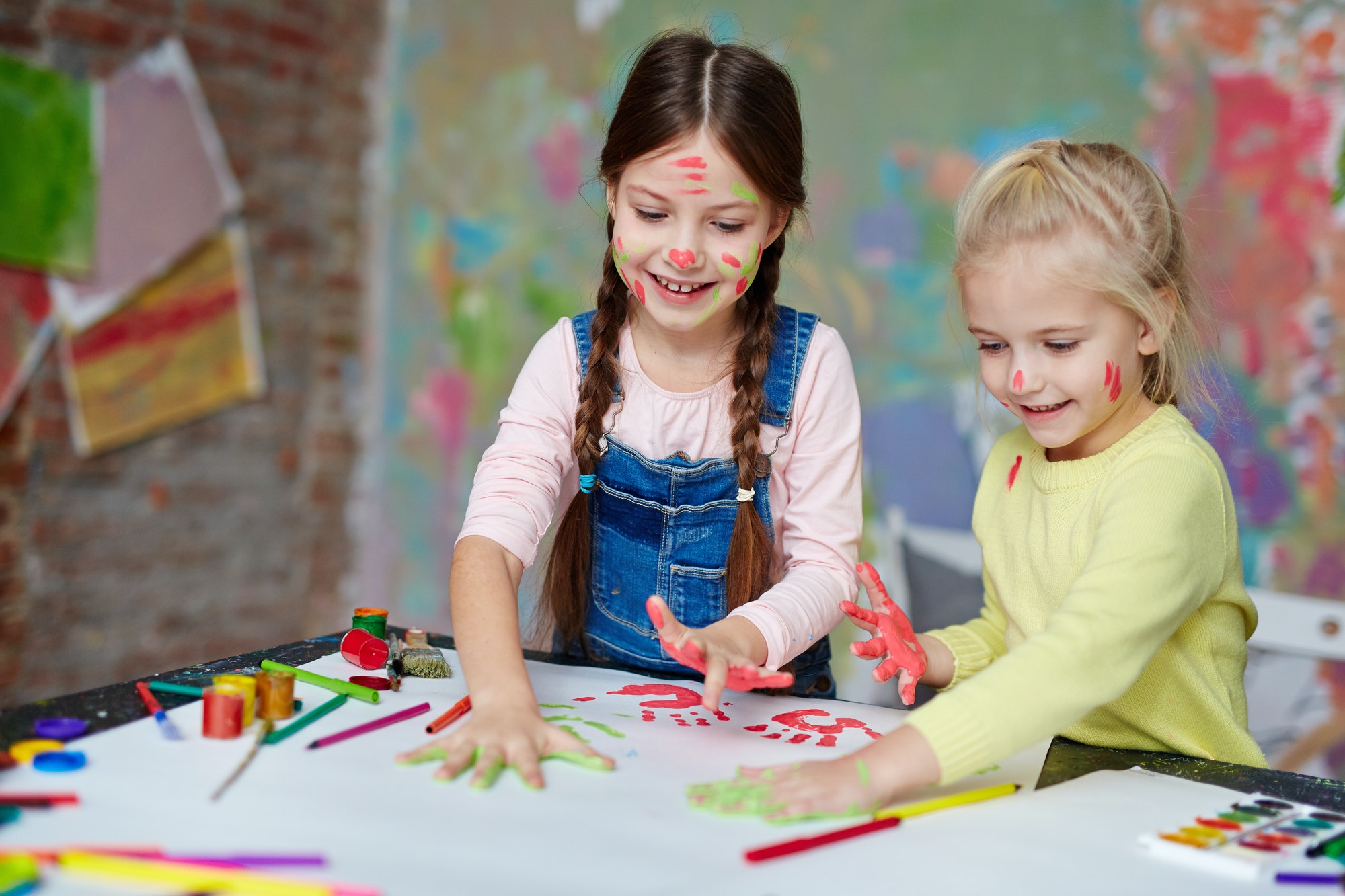We see kids hooked up on the screen, watching their favorite characters on YouTube. Parents and guardians use it for 2 main reasons: to entertain (or pacify) their kids and facilitate learning.
The digital age does indeed provide lots of benefits. Similar to TVs, handheld screens offer the same entertainment and knowledge. These videos are more accessible now and are on-demand, meaning we don’t need to wait for timeslots or depend on big media producers to give us quality content.
YouTube and Children’s Mental Health
Because the more views result in more income, some creators target children, those who are vulnerable, as their audience. As a result, children are kept glued to their screens. The more children consume content, the higher the income for creators. The problem is, just like the effect of social media and screen time on adults, children are vulnerable to the adverse effects of consuming unlimited content.
For one, kids’ brains, especially very young children, are very vulnerable. Their minds are consuming content continuously without the chance to slow down and understand what they are consuming. Since their brains are still developing, that many stimuli have adverse effects on the brain.
Second, studies have shown that consuming content continuously without slowing down decreased attention span and reduced creativity.
Third, unlimited and unmonitored screen time may lead to adverse mental health conditions. Studies revealed that screen time affects the same portions of the brain linked to anxiety and depression. Additionally, YouTube is becoming the leading cause of inappropriate sexual behaviors among children under 13 years old. We know that social media, news, and fake news already harm children. Since they still don’t have the maturity to understand the context, it affects them more than it affects adults.
It can also result in addiction. Numerous studies have proved that social media triggers the same areas of the brain responsible for the production of dopamine.
However, it is hard to not let our child have their screen time. This pandemic has been rough for all of us. Juggling work and taking care of children, we need some peace and alone time. One study even revealed that YouTube “soothes” both adults and children. It becomes an aid to babysitting.
What We Can Do?
Just like anything else, too much of something is bad. The key is monitoring and moderating screen time of children. The American Association of Pediatrics suggests that parents should not introduce screens to children younger than 2 years old. Children ages 2-5 should only be allowed up to a maximum of 1 hour of screen time per day.
In addition, instead of giving your children screens, introduce actual toys and books instead. by letting them play with their hands, children use different senses and are engaged in various stages of play. It may be challenging, especially for children who are used to screen time, but it will eventually pay off. Just be patient. I know it is more complex than it sounds, but there isn’t any way around it.
And remember, you should not feel guilty or bad for doing the best you can as a parent. We do need all the help we can get, wherever and whenever we can, and fortunately (or unfortunately), our handheld devices are the most accessible aid within our reach. The important thing is we don’t use our screens as replacements for taking care of our children. Because at the end of the day, we are what our children need.








